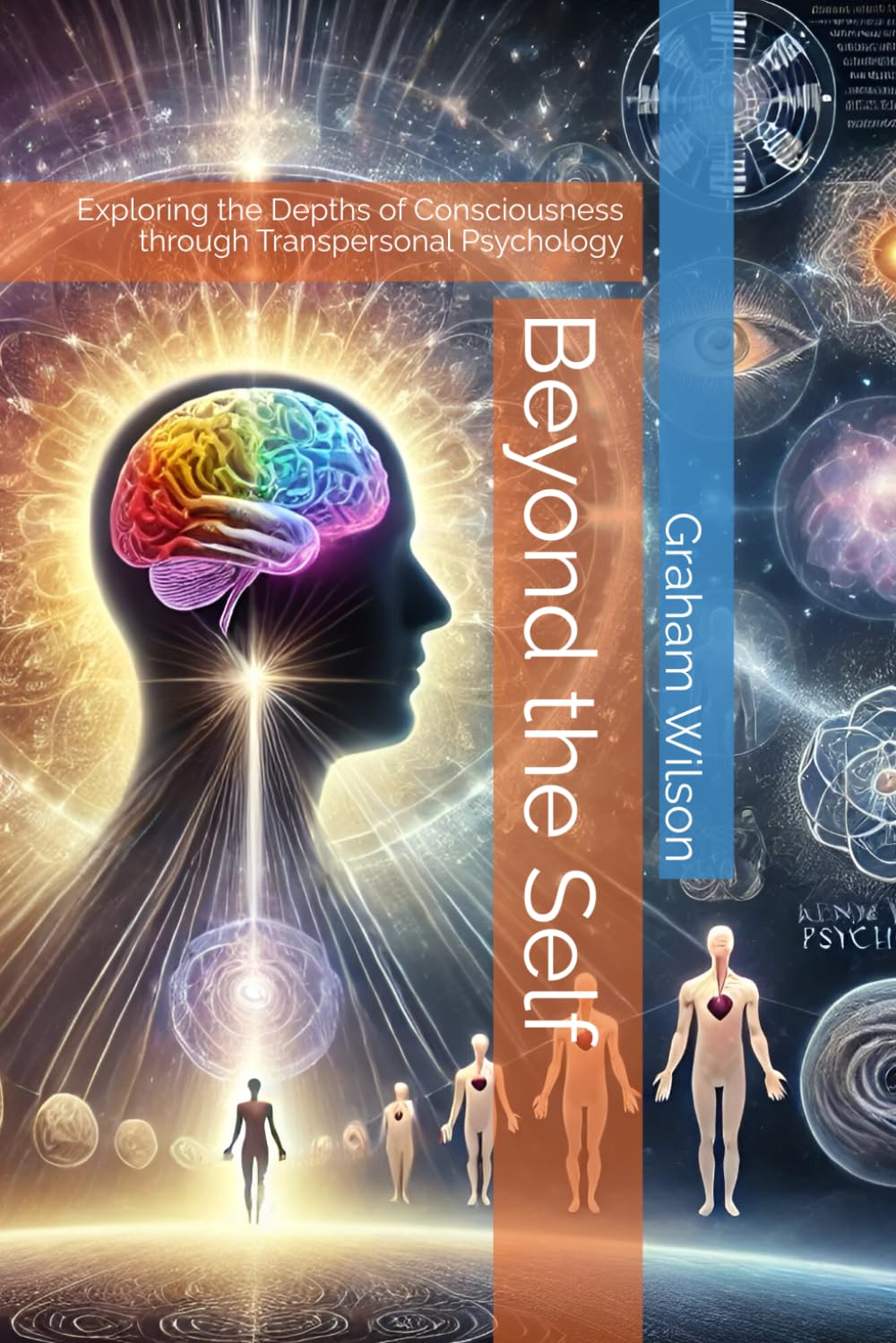Creating Intimate Visual Narratives with Photography
“The Empathic Lens” by Graham Wilson is a comprehensive guide for photographers who wish to create intimate visual narratives. The book emphasises the power of visual storytelling as a means to communicate deeply personal and emotional stories that transcend cultural and language barriers. Your journey through this book will enhance your ability to connect with your audience on a profound level by delving into the personal, vulnerable, and deeply human aspects of life.
You will explore the concept of intimacy in visual storytelling, learning how to convey closeness and personal connection through your images. This involves developing a keen sense of observation and a deep understanding of your subjects, often building trust and spending significant time with them to capture moments that reveal their essence. By doing so, your work will evoke empathy and a sense of shared humanity among your audience.
The psychological impact of intimate storytelling is a crucial theme. As a visual storyteller, you will embark on a journey of self-discovery and emotional exploration. This process can be both cathartic and challenging, requiring you to confront and express your vulnerabilities. The audience, in turn, experiences a deep emotional connection with your work, fostering empathy and understanding.
The historical context provided in the book highlights how pioneers like Dorothea Lange, Walker Evans, Ingmar Bergman, and François Truffaut used their mediums to document personal struggles and explore deeply personal themes. Contemporary artists like Nan Goldin and Sally Mann continue this tradition, pushing boundaries and challenging conventional notions of beauty and propriety.
Developing a unique visual language is essential for effective storytelling. You are encouraged to experiment with different techniques and styles, honing your personal style and voice. The relationship between form and content in your work is crucial, with visual choices enhancing and supporting the story you are telling. Crafting a narrative involves arranging your images to create a coherent and engaging story, considering structure, pacing, character development, and setting.
Mastering technical aspects such as lighting, composition, and camera settings is vital for conveying your stories effectively. You are also introduced to multimedia storytelling, incorporating elements like text, sound, and video to add new dimensions to your narratives.
Finding inspiration is a continuous process, drawing from personal experiences, other artists’ work, literature, music, nature, travel, and current events. Techniques for fostering creativity include mindfulness, experimentation, collaboration, and continuous learning. Overcoming creative blocks involves changing your environment, setting small goals, using prompts, revising old work, and embracing constraints.
Sharing your work is an important part of the storytelling process. Building an audience through social media, exhibitions, and publications allows you to create connections and spark conversations. Ethical considerations are paramount, ensuring your work respects and accurately represents your subjects.
Reflecting and growing as a visual storyteller is an ongoing process. Regular reflection on your work, seeking feedback, and staying curious and open to new ideas will help you evolve. The book encourages you to embrace your journey, using the practical advice, inspiration, and insights provided to become a more effective and expressive visual storyteller. Through “The Empathic Lens,” you will learn to create powerful, intimate visual narratives that resonate deeply with your audience.
ISBN 979-8332057083 – Paperback £11.99 – 4 July 2024 – https://amzn.to/3WlyPTV



